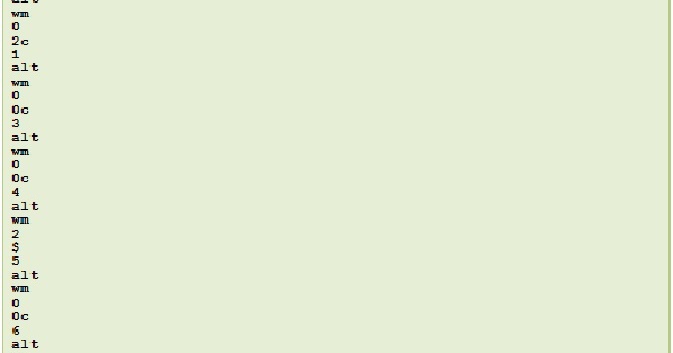
- #Slice it up knarma how to
- #Slice it up knarma pdf
- #Slice it up knarma code
- #Slice it up knarma series
The things you see externally are simply a reflection of what's going on internally. Is it the way you want it to be? If not, take active steps to initiate change and create the life you want. Look at what's happening around you and reflect on how you created your current reality. In order to get what you desire, you must be an active participant in your life. Don't just wait around for good things to magically happen. The law of creation states that it's important to take action. The law of creation is the 2nd law of karma. If you are surrounded by love, there is love within you. For example, if you are surrounded by negatively, there is negativity within you. The law of creation posits that the things that are going on in the inside are reflected on the outside. What you put out there, returns to you.īut, it's a little bit deeper than that. Think of the great law as a universal echo. According to the great law, 'you reap what you sow.' In essence, what you put out into the universe will be returned to you. The great law, sometimes referred to as the law of cause and effect, is the primary law of the 12 laws of karma. Essentially, the sum of a person's actions will decide their fate in this exsitence and those to come. What you see in other is inside of you, and what you give you'll get.īuddism and Hinduhism are both based on a belief in reincarnation, so one of the abiding principles of karma is that it can span many lifetimes. Think of karma like an echo - what you send out, you get back. It's a core tenant of the Buddihst and Hindhu belief system that says, "the energy you put out, is the energy you get back." Karma is the idea that you reap what you sow, for better or worse.
#Slice it up knarma pdf
I'm going to call this parameter specs.Īt the top of define a variable to hold the list of test files and parse through the command line arguments to grab the list of test files.The 12 Laws Of Karma PDF DOWNLOAD Download The 12 Laws Of Karma Jump to: In the, we need to parse the commandline arguments to grab the test files. Follow the instructions with at the risk of it breaking when you upgrade, but maybe it will give you some ideas of the sorts of things you can try! Warning: Angular v7 purposefully limits parameters passed in to Karma so this solution only works on Angular v6. Taking things apart and putting it back together in way that works better for our needs helps us learn and makes us better engineers and craftsmen.
#Slice it up knarma code
Sometimes it's fun to take the covers off a library and dig in to the code ourselves. We can add custom code to enable us to do this. I'd like to pass in the files for the test run. There's another option- to create a custom parameter. It speeds up the test run and only shows the service files in the console output, but now we have no lint safety to remember to revert changes we made. We're using Angular CLI to test the application and using code from a previous post I wrote.Įnter fullscreen mode Exit fullscreen mode I'd love to hear all about the ways you've tailored Angular CLI unit tests in the comments!
#Slice it up knarma how to
I'm showing this as an example of how to work around limitations in Angular CLI, not a suggestion on correct ways to configure Karma.


It's time to level up your testing game and get pumped up to unit test!Īngular CLI doesn't expose all the configuration options Karma has, so if targeting tests isn't your thing, maybe there's other ways you tailored Angular CLI tests. As projects become larger, running all the tests can take a while, so this is an easy way to target tests. In this post, we'll create shared testing files and create our own parameter to pass in while testing to limit the files that the test runs. In the last post, we learned how to edit to add reporters and set coverage thresholds.

If you are unfamiliar with using Angular CLI or making changes to Karma configuration, please read the first two posts in the series.
#Slice it up knarma series
This is the third post in the series about Angular unit testing.


 0 kommentar(er)
0 kommentar(er)
